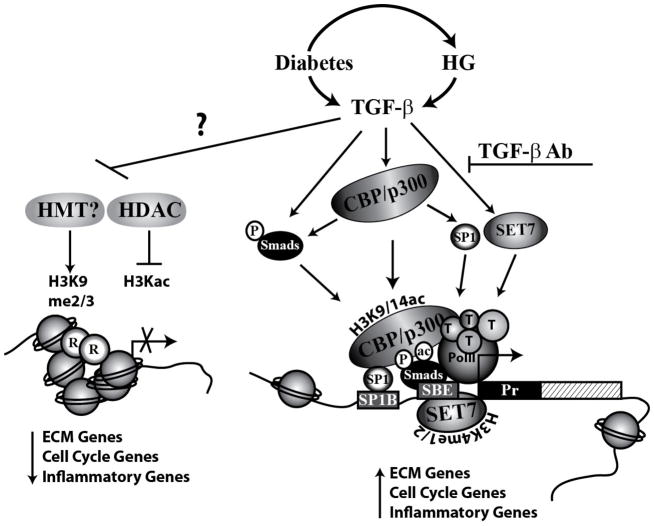Figure 3. Epigenetic mechanisms involved in Diabetic Nephropathy.
High glucose (HG), and TGF-β-transforming growth factor-beta1 (TGF-β) regulate Extracellular matrix (ECM) genes and cell cycle genes by increasing active modifications H3K9/14ac and H3K4me1/2/3, and inhibiting repressive marks H3K9me2/3 at these gene promoters. TGF-β promotes the recruitment of CBP/p300 which increases H3K9/14ac and chromatin access to Smads and SP1 transcription factors. CBP/p300 also regulates Smad activity by direct acetylation. TGF-β mediated inhibition of HDAC1 and HDAC5 may also play a role in increased H3K9/14ac. TGF-β induces SET7 expression and promotes its recruitment to gene promoters, which increases H3K4me1/2. Similar epigenetic mechanisms are induced by HG and they are blocked by TGF-β antibodies (TGF-β Ab) implicating TGF-β as a major mediator of epigenetic events in Diabetic Nephropathy. R-Corepressors. HMT-histone methyl transferases; HDAC-histone deacetylases; SP1B-SP1 binding sites; SBE-Smad binding elements; Pr-promoter; Pol II-RNA Polymerase II; T- components of transcription machinery.

